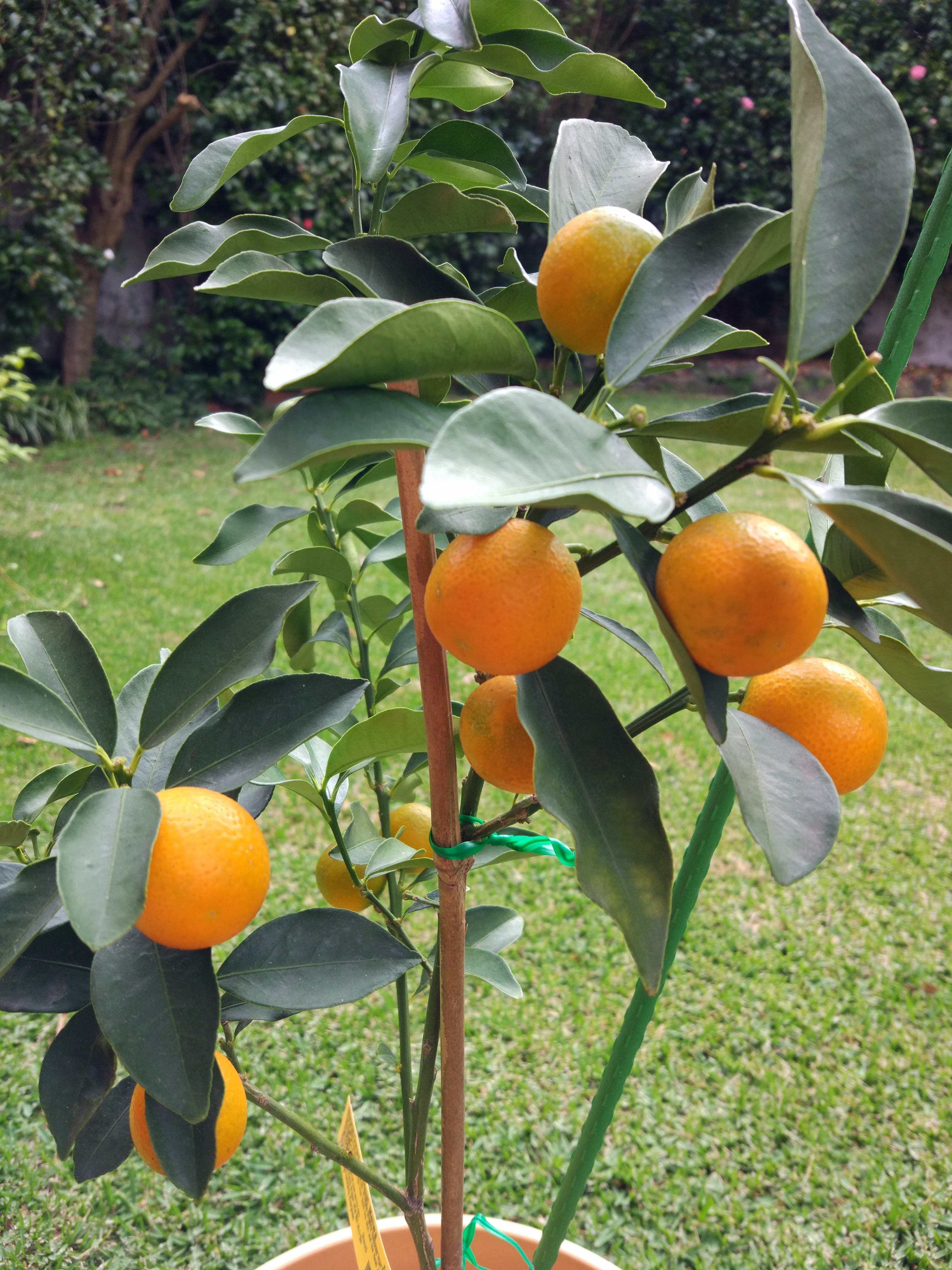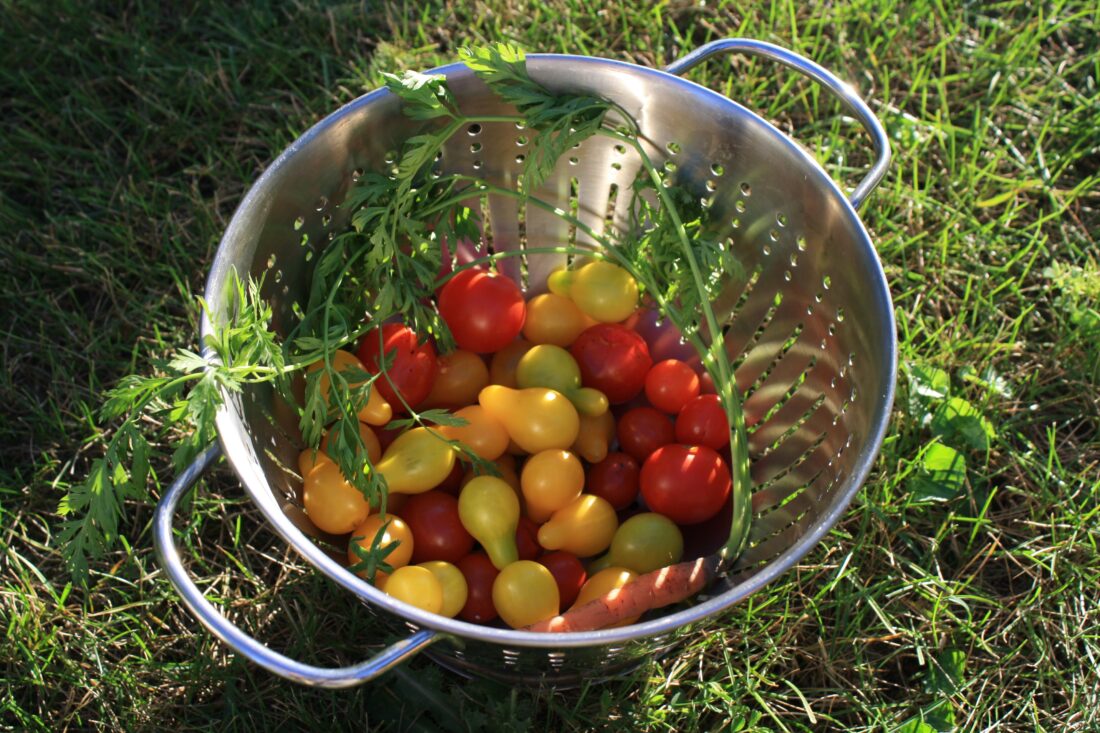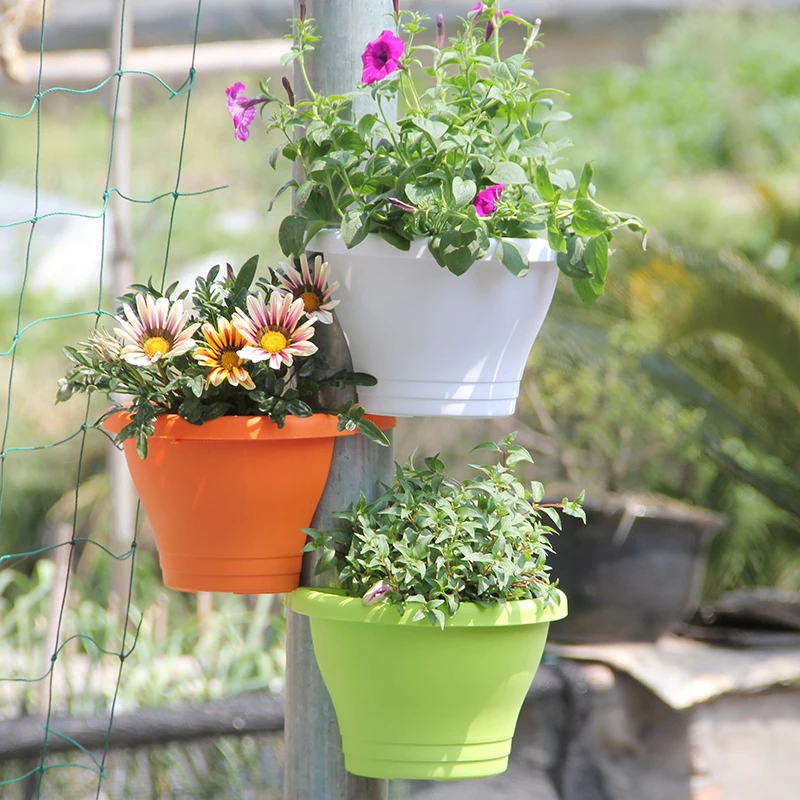Your Kumquat plant images are ready in this website. Kumquat plant are a topic that is being searched for and liked by netizens today. You can Download the Kumquat plant files here. Find and Download all free vectors.
If you’re looking for kumquat plant images information linked to the kumquat plant interest, you have come to the right blog. Our site frequently provides you with hints for seeing the maximum quality video and image content, please kindly surf and find more enlightening video articles and graphics that match your interests.
Kumquat Plant. I planted this fukushu kumquat in a large pot in our front yard. Ideal used as an evergreen hedging plant. Native to eastern asia, these small trees are cultivated throughout the subtropics. Plant in the spring when sunny days are consistent.
 How to Grow a Kumquat Tree Indoors Food Gardening Network From foodgardening.mequoda.com
How to Grow a Kumquat Tree Indoors Food Gardening Network From foodgardening.mequoda.com
The soil should be moist but not wet. Your kumquat’s ideal location is the spot that gets the most sunlight. Drainage is important so there should either be a mesh or holes at the bottom of your container. It is one of the better citrus trees for indoor growing, thanks to its small size and its habit of late flowering and a long fruit production season. Kumquat is a slow grower with dense, glossy, dark green foliage. Kumquats, also known as cumquat, have thin skin which is sweet while the flesh of the fruit is sour.
Kumquats need regular, consistent watering, especially during the growing season—but they hate wet feet.
Larger containers will be more difficult to move once the plant starts growing. Kumquat, (genus fortunella), genus of evergreen shrubs or trees of the family rutaceae, grown for their tart orange fruits. Clip to a hedge or. Yarrow, dill, and fennel attract lacewings and ladybugs, which love to eat aphids. The soil should be moist but not wet. Kumquats, also known as cumquat, have thin skin which is sweet while the flesh of the fruit is sour.
 Source: gardeningknowhow.com
Source: gardeningknowhow.com
Kumquats are popular ornamental plants. Larger containers will be more difficult to move once the plant starts growing. Yarrow, dill, and fennel attract lacewings and ladybugs, which love to eat aphids. They are also beautiful edible ornamentals. Kumquats are fans of warm and sunny weather, so make sure your home or patio are suitable before purchasing a plant.
 Source: lemoncitrustree.com
Source: lemoncitrustree.com
Heavenly scented white flowers bloom in summer. Kumquats are popular ornamental plants. They bear dainty white flowers that occur in clusters or individually inside the leaf axils. The fruit is unique in that you eat the whole thing, skin and all. Kumquat trees, also known as kumquat plants, have no thorns and very glossy leaves.
 Source: pinterest.com
Source: pinterest.com
Kumquat plants originate from southern china, but only reached europe in the 19th century. The plants can reach heights between six feet and eight feet. You can also enlist some other plant helpers: The kumquat tree is a small evergreen shrub that produces small sweet and tart citrus fruits. The orange rind is sweet and the light orange flesh is acidic.
 Source: momobud.sg
Source: momobud.sg
Let us show you how August 5, 2013 // my new kumquat tree has tons of really fragrant blooms. Plants of the world kumquat c. June 9, 2013 // i’ve wanted a kumquat tree for a while now and finally got one. Kumquats are small citrus fruits known for their edible skin and their tart flavor.
 Source: louiesnursery.com
Source: louiesnursery.com
The plants can reach heights between six feet and eight feet. They bear dainty white flowers that occur in clusters or individually inside the leaf axils. May 3, 2014 // i thought i was going to lose my kumquat tree. A kumquat tree would be a prized plant in a victorian conservatory. The soil should be moist but not wet.
 Source: daleysfruit.com.au
Source: daleysfruit.com.au
A kumquat tree would be a prized plant in a victorian conservatory. Yarrow, dill, and fennel attract lacewings and ladybugs, which love to eat aphids. However, transplant shock, pests, and disease can also affect them. Kumquat plants have thornless branches and extremely glossy leaves. They are also beautiful edible ornamentals.
 Source: lemoncitrustree.com
Source: lemoncitrustree.com
There are many tasty uses for this versatile citrus fruit: Kumquat trees are native to south asia and have been cultivated for centuries. An evergreen plant, with foliage that remains green throughout the year. The plants can reach a height of up to 8 feet and grow 6 feet wide. See all of our kumquat plants here:
 Source: almondandthehazelnut.com
Source: almondandthehazelnut.com
Kumquats are very heavy producers of fruit the size of large olives. I planted this fukushu kumquat in a large pot in our front yard. Kumquat trees, also known as kumquat plants, have no thorns and very glossy leaves. The orange rind is sweet and the light orange flesh is acidic. Site where the scented flowers can be enjoyed.
 Source: nparks.gov.sg
Source: nparks.gov.sg
Your kumquat’s ideal location is the spot that gets the most sunlight. The soil should be moist but not wet. Kumquat trees typically die from improper watering, nutrients, or climate. The flowers are fragrant and pretty. It is typically grown for its edible fruit and as an ornamental plant, but cannot withstand frost like the round kumquat.
 Source: reddit.com
Source: reddit.com
It is also a good idea to observe the course of the sun during the day; There are many tasty uses for this versatile citrus fruit: Kumquats will grow in almost any type of soil and can tolerate any soil ph, just make sure that the soil is well draining! The soil should be moist but not wet. Jellies, sauce, jams, salads, cocktails and even candles!
 Source: lemoncitrustree.com
Source: lemoncitrustree.com
Plant in the spring when sunny days are consistent. It is one of the better citrus trees for indoor growing, thanks to its small size and its habit of late flowering and a long fruit production season. I planted this fukushu kumquat in a large pot in our front yard. They can withstand brief frosts and temperatures below freezing. Kumquat plants have thornless branches and extremely glossy leaves.
 Source: foodgardening.mequoda.com
Source: foodgardening.mequoda.com
Like all citrus trees, the kumquat needs a lot of sun, enough water to keep its soil consistently moist, and regular feeding. Aim for a ph of 5.5 to 6.5. It is typically grown for its edible fruit and as an ornamental plant, but cannot withstand frost like the round kumquat. They can withstand brief frosts and temperatures below freezing. The best way to ensure that your kumquat plant thrives is to grow your kumquat plant in the proper container.
 Source: verdego.com
Source: verdego.com
Kumquat companion plants kumquat trees can be prime targets of insect pests, but you can plant marigolds, petunias, and borage nearby, and they will help act as natural pest deterrents. Kumquats are popular ornamental plants. Drainage is important so there should either be a mesh or holes at the bottom of your container. Kumquats will grow in almost any type of soil and can tolerate any soil ph, just make sure that the soil is well draining! They bear dainty white flowers that occur in clusters or individually inside the leaf axils.
 Source: 100wardeh.com
Source: 100wardeh.com
The fruit is unique in that you eat the whole thing, skin and all. Kumquats are very heavy producers of fruit the size of large olives. Aim for a ph of 5.5 to 6.5. Let us show you how June 9, 2013 // i’ve wanted a kumquat tree for a while now and finally got one.
 Source: pinterest.com
Source: pinterest.com
Is the kumquat tree the right plant for me? They display dense foliage that is a very attractive dark, glossy green. Kumquats are very heavy producers of fruit the size of large olives. They can withstand brief frosts and temperatures below freezing. This is a tough plant and can withstand colder temperatures than the lemon or lime, but it will still need to come inside over winter.
 Source: thespruce.com
Source: thespruce.com
Kumquats are very heavy producers of fruit the size of large olives. The fruit is unique in that you eat the whole thing, skin and all. Larger containers will be more difficult to move once the plant starts growing. Heavenly scented white flowers bloom in summer. The kumquat tree is a small evergreen shrub that produces small sweet and tart citrus fruits.
 Source: nature-and-garden.com
Source: nature-and-garden.com
It is also a good idea to observe the course of the sun during the day; Kumquat plants have thornless branches and extremely glossy leaves. Aim for a ph of 5.5 to 6.5. The orange rind is sweet and the light orange flesh is acidic. The fruit is unique in that you eat the whole thing, skin and all.
 Source: gardeningknowhow.com
Source: gardeningknowhow.com
Kumquats, also known as cumquat, have thin skin which is sweet while the flesh of the fruit is sour. Jellies, sauce, jams, salads, cocktails and even candles! You can also enlist some other plant helpers: I hope it’ll bare tons of fruits too. Clip to a hedge or.
This site is an open community for users to do sharing their favorite wallpapers on the internet, all images or pictures in this website are for personal wallpaper use only, it is stricly prohibited to use this wallpaper for commercial purposes, if you are the author and find this image is shared without your permission, please kindly raise a DMCA report to Us.
If you find this site convienient, please support us by sharing this posts to your favorite social media accounts like Facebook, Instagram and so on or you can also save this blog page with the title kumquat plant by using Ctrl + D for devices a laptop with a Windows operating system or Command + D for laptops with an Apple operating system. If you use a smartphone, you can also use the drawer menu of the browser you are using. Whether it’s a Windows, Mac, iOS or Android operating system, you will still be able to bookmark this website.






